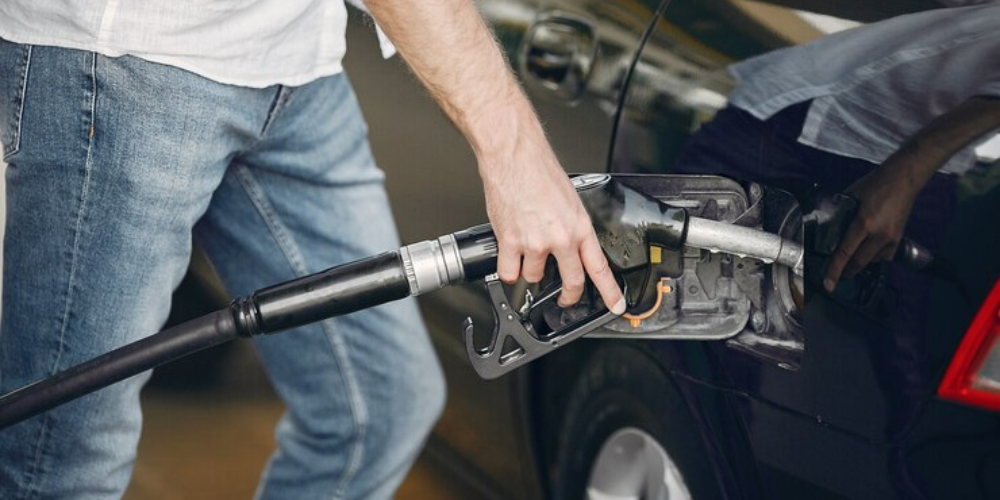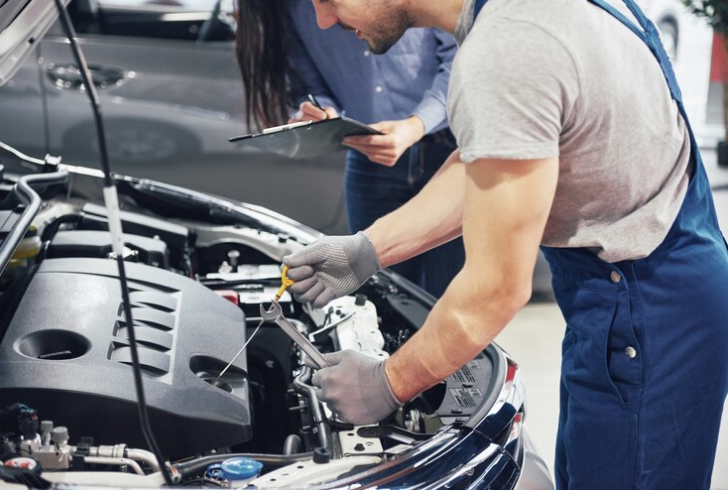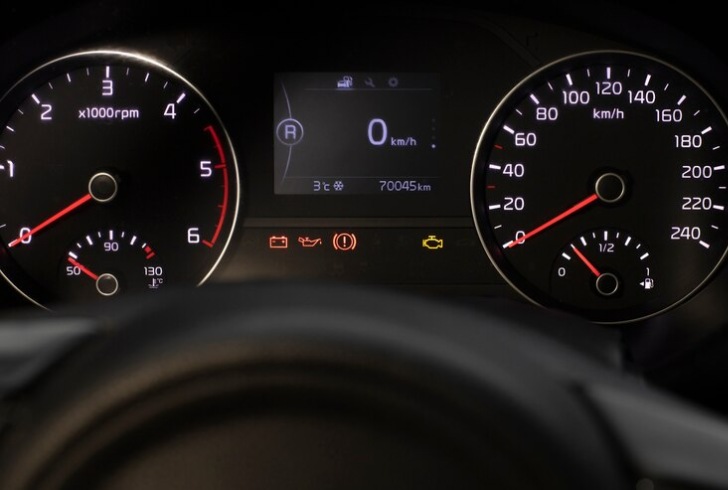
How to Improve Gas Mileage and Save on Fuel Costs?

Maximizing the efficiency of your vehicle’s fuel consumption is more important than ever, especially as gas prices continue to fluctuate. If you’re driving an older car, you may find yourself at the pump more often, leading to higher expenses. While trading in for a more fuel-efficient model might not be an option, learning how to improve gas mileage can help. You can implement several straightforward strategies to improve gas mileage and save money.
Simple Strategies on How to Improve Gas Mileage
1. Regular Maintenance Is Key

Freepik | standret | Regular maintenance keeps your vehicle running smoothly and improves fuel efficiency.
2. Drive at Optimal Speeds
Maintaining a steady and moderate speed on the highway can also greatly affect your fuel consumption. Speeding may seem like a time-saver, but it can actually cost you more in fuel. The faster you drive, the harder your engine has to work, which means it burns more gas. Studies show that increasing your speed from 55 to 75 miles per hour can decrease fuel efficiency by up to 20%. So, whenever possible, stick to slower speeds to improve gas mileage and keep more money in your pocket.
3. The Role of Fuel Additives
Fuel additives are another tool that can help optimize your car’s fuel efficiency. While you might not need a high-octane booster, using a fuel-cleaning additive can be beneficial. These products are designed to clean out sediments and impurities that accumulate in your fuel tank over time, which can clog fuel injectors and reduce gas mileage. Incorporating a fuel additive into your routine maintenance can lead to better performance at the pump.
4. Minimize Idling and Stop-and-Go Driving
Idling and frequent stop-and-go driving can drastically reduce your fuel efficiency. When your car is idling, it’s still burning gas without making any progress, which means wasted fuel. In traffic jams, it’s often more fuel-efficient to turn off your engine if you’re going to be stationary for more than 10 seconds. Restarting your car when it’s time to move again can save more gas than leaving the engine running.
5. Utilize Cruise Control
For those long highway drives, cruise control is your best friend when it comes to saving fuel. By maintaining a constant speed, cruise control reduces the need for acceleration and deceleration, both of which increase fuel consumption. Whenever you find yourself on an open road with minimal traffic, activating cruise control can contribute to better gas mileage.
6. Monitor and Manage RPMs

Freepik | Monitor your car’s RPMs to optimize fuel efficiency and reduce engine workload.
Your car’s tachometer, which measures revolutions per minute (RPM), provides important insight into your engine’s workload. Keeping the RPMs low—ideally below 3,000—can help conserve fuel, as higher RPMs mean your engine is working harder and burning more gas. Many modern vehicles come equipped with an eco-mode that automatically adjusts the engine’s performance to optimize fuel efficiency. Using this mode consistently can lead to noticeable improvements in gas mileage.
7. Keep Tires Properly Inflated
Maintaining the correct tire pressure is an easy but powerful way to boost your vehicle’s fuel efficiency. When tires are underinflated, they create increased rolling resistance, causing your engine to consume more fuel to keep the car moving. To avoid this, keep a tire pressure gauge in your car and check your tire pressure regularly. You can find the recommended tire pressure for your vehicle in the owner’s manual or on a sticker inside the driver’s side door frame.
8. Consider Vehicle Upgrade Options
For those who find themselves spending too much on gas despite following these tips, it might be worth considering an upgrade to a more fuel-efficient vehicle. Whether opting for a more modern gas-powered car, a diesel vehicle, or a plug-in hybrid, newer vehicles are generally designed to offer better gas mileage, ultimately saving you money at the pump.
By implementing these strategies, anyone can learn how to improve gas mileage and reduce fuel expenses. Regular maintenance, mindful driving habits, and keeping an eye on key vehicle metrics can all contribute to a more fuel-efficient driving experience.
More in Uncategorized
-
`
Clare Cavanagh’s Top 10 Funniest Moments on the Internet
When it comes to online humor, Clare Cavanagh is someone who knows her way around a good laugh. As a comedian...
August 29, 2024 -
`
House and Senate Unite to Boost Maternal Health Options Across Massachusetts
The Massachusetts Legislature is taking significant steps to improve maternal health care across the state, with both the House and Senate...
August 24, 2024 -
`
How to Fix a Broken Tooth? Essential Procedures and Care
Breaking or chipping a tooth can be alarming, but it’s often manageable with prompt dental care. If a tooth is chipped,...
August 9, 2024 -
`
Enjoy a Day of Fun at the Shark Petting Zoo in Florida
A visit to the shark petting zoo in Florida is an experience that combines excitement, education, and unforgettable memories. This unique...
August 1, 2024 -
`
Is Melania Divorcing Trump if He Secures a Second Term?
As Donald Trump campaigns for a potential second term, Melania Trump’s conspicuous absence from his side has sparked speculation. With Trump’s...
July 25, 2024 -
`
The Complete Relationship Timeline of Sam Rockwell and Leslie Ribb
When it comes to Hollywood couples, few are as enduring and beloved as Sam Rockwell and Leslie Bibb. Their relationship, which...
July 15, 2024 -
`
5 Handy Ways of Getting Blood Out of Sheets
Waking up to a blood stain on your bedding is an unpleasant surprise. Figuring out how to get blood out of...
July 10, 2024 -
`
Will Ferrell’s Funniest Moments – The Best Quotes and Scenes
Will Ferrell, known for his outrageous humor and unforgettable characters, has delivered countless lines that have become ingrained in popular culture....
July 6, 2024 -
`
Mexico’s Top Detective Apologizes for “Inadequate” Fentanyl Comments
In April 2024, Felipe de Jesus Gallo, Mexico’s top detective, made a statement that stirred up controversy. During a U.S.-Mexico conference...
June 26, 2024














You must be logged in to post a comment Login